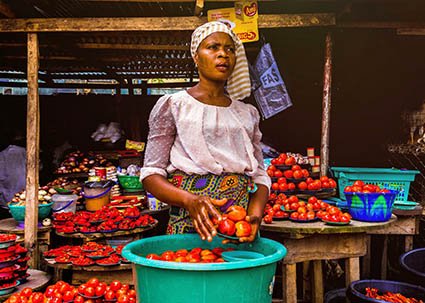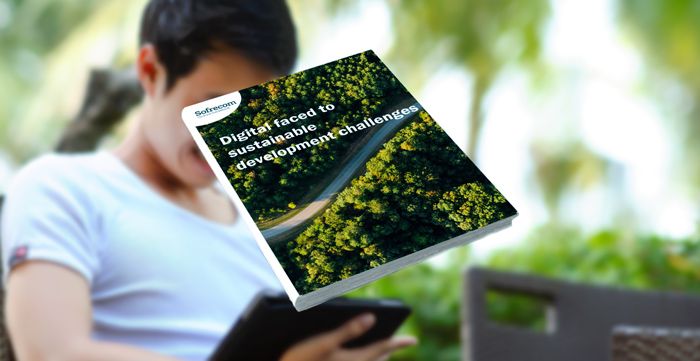

Access to grids in Africa is complicated for many households. Structural reliability problems remain and it is extremely expensive to install high or medium voltage power lines. New sources of access to electricity called off-grid were developed in recent years. It is the case of Solar Home System (SHS) kits. In recent years, they have established themselves in the B2C market for individual power generation solutions, aided by a more favorable economic climate.
What about the B2B market?
Evolution of uses: From a primary need for the solar kit for households…
The range of solar kits on offer is varied, from a simple lighting solution to more advanced kits allowing electrical access to a classic household and including household appliances. These solutions are becoming much less expensive thanks to both the democratization of technologies and the arrival of new players on the market. In addition, "Pay-As-You-Go" business models have already emerged that allow customers to pay only for what they consume rather than buying a kit whose initial investment is too high.
For the majority of households, the SHS kit has primarily served a purely “domestic” need. The purchase of the solar kit is for most the first access to quality and reliable lighting in their homes (flashlights and kerosene lamps were previously the main sources). In addition, the SHS kit improves the family's well-being by allowing children to study longer, contributes to security and provides access to services that change daily life, such as phone charging.
… to the development of economic activities
Households are becoming aware of the opportunities and are now considering generating additional income through the purchase of an SHS kit. Many new service-related businesses are being established in rural areas. For example, economic activities such as sewing workshops and hairdressing salons are being created. The economic impact is significant for households that undertake a professional activity thanks to SHS. In Africa, the average additional monthly income reported by these households is $31 per month. This is considerable, as 75% of clients report an income of less than $5.50 per day. [i]
The benefits are also significant and immediate for existing businesses. They can extend their opening hours, and be less impacted by the decrease of luminosity at the end of day. Among the companies that already have kits, a majority use them in the context of a store or a bar/restaurant.
What is the role of telecom operators in the B2B market?
Telecom operators have already been present for several years in the domestic energy market (B2C). This not only meets a need for diversification (multi-service operators) but also allows them to capitalize on a number of assets in terms of distribution and technology (connectivity, mobile money services, etc.).
The pure B2B market today seems very immature, but the potential is certain. Indeed, there is a fine line between B2C and B2B in Sub-Saharan Africa, as national economies are generally characterized by a large number of small and medium-sized enterprises, most often informal, which constitute the bulk of employment. It can be expected that a majority of them will want to optimize their access to energy. In addition, specialized B2B kits to meet the needs of small businesses (hairdressing salons, stalls, restaurants, etc.) should appear in the next few years, as well as more advanced kits to meet the office automation needs of larger structures.
In this way, there is no doubt that telecom operators will have a card to play in the B2B market, notably by forging partnerships with equipment manufacturers who manufacture kits for businesses, particularly with accessory suppliers. They will then be able to position themselves as a player that facilitates the digitalization of customer relations. Indeed, the commercial part and payment will be managed by cellphones (see B2C market). In addition, different types of data can be collected and new applications can be developed. A breakdown into 3 main categories:
- Demographic usage data that allow the adaptation of the offer and the verification of the information on the customers, such as credit risk analysis.
- Payment data (number and frequency of payment, average payment amount, etc.) that can guarantee the security of transactions, the targeting of marketing operations or the analysis of borrowers’ payment history.
- Performance data (use and download time, battery status, flaws detection, etc.) that can reduce costs and improve the service.
Finally, entering the B2B market gives operators the opportunity to expand their network distribution and reinforce their brand through the contribution to social and economic inclusion of the territory and enterprises.
[i] Publications | GOGLA




